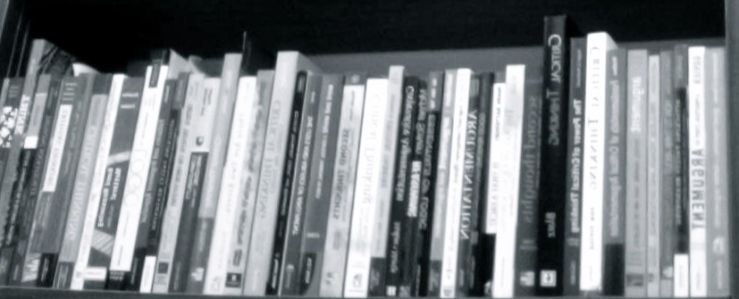Which types of critical analysis will serve your pedagogical purposes may be a complex question regarding which there is little empirical evidence, yet there is likely some well-established theory. Theoretical discussion (Quine, Kuhn, Aristotle, etc.) may help students understand the significance of the specific skills they learn — that their value is not obvious or uncontroversial, and understand the skills they develop in the context for which they are intended. Yet few texts will give you even a vague and brief introductory section on “being a critical thinker.” Supplementing with one or more theoretical pieces can help your students understand the purposes behind your choices, and perhaps help them apply the skills beyond the classroom environment.
Based on your goals and your philosophical orientation, choose the type of analysis (criticism) you wish the students to learn, with which my fieldguide can help. You can discern the availability of content in particular textbooks from my database and from the books’ own tables of contents, often visible on-line at publishers’ sites. You will need to judge for yourself the deepness and effectiveness of the presentation.
You won’t be able to tell how effective a textbook presentation truly is till you use it with students. For reviews from instructors who also specialize in the field (and abstracts of texts by many such scholars), see the Association for Informal Logic and Critical Thinking (AILACT) website. Let’s hope some more reviews get posted soon! Currently there’s only one up. Reviews also appear from time to time in the journals Informal Logic and Cogency.


[…] database should assist with Step Two of the CT² steps for choosing a text. Once instructors have decided what sorts of things […]